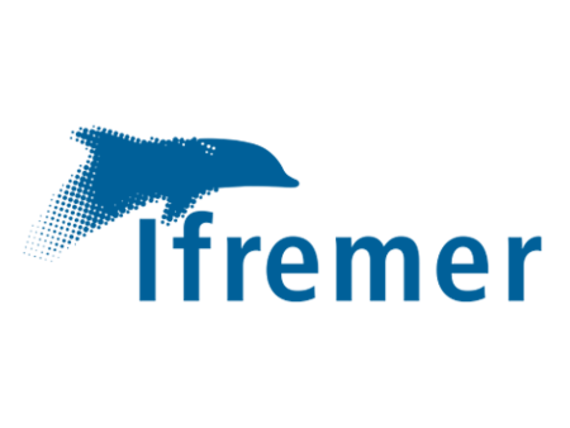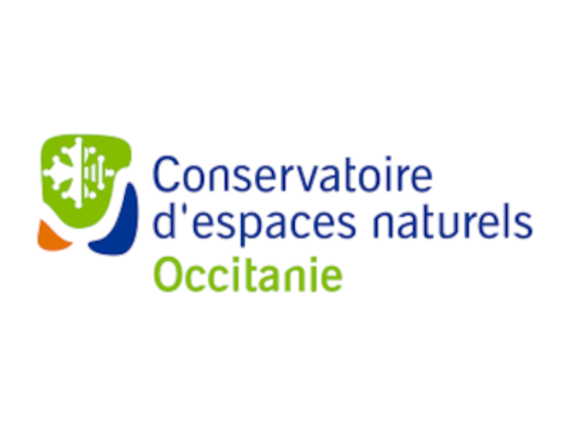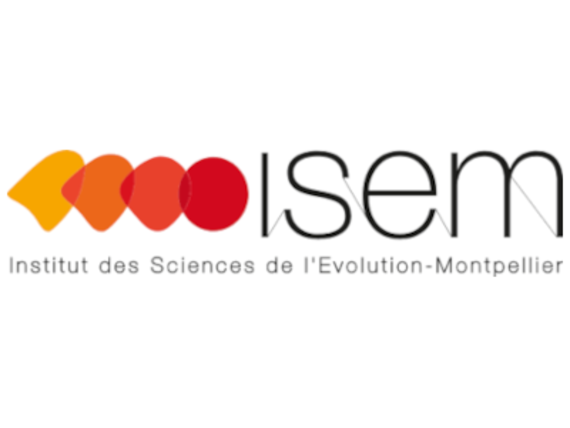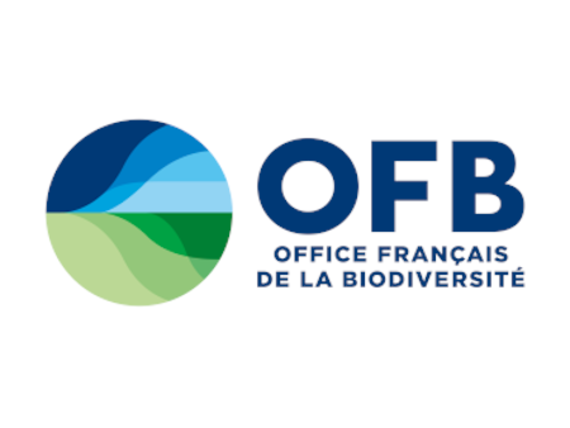DENIM - Determining the invasive nature of non-native marine species in mainland France
What is the expansion dynamic of non-native species? Which areas are most conducive to their establishment?
By analysing the life traits of hard substrate sessile communities, DENIM aims to determine the functional distance between non-native species and their environments.
In the marine environment, prevention is key to managing marine invasive non-native species (NNS). It is therefore crucial to anticipate where marine NIS introductions and expansions are taking place, and to identify those with the greatest potential for expansion.
Ports are areas where species mix
The Mediterranean, and the Languedoc coast in particular, are hotspots for climate change and recreational boating. Marinas are home to original communities, hosting a mix of taxa that would not co-occur naturally (Touchard et al., 2022). The numerous hard and artificial substrates act as stepping stones for these species, exposing them to the risk of accelerating their secondary expansion. Depending on the level of disturbance, ports can therefore host a greater biodiversity than less urbanised areas, and this is associated with a radical change in communities, with the presence of NNS, but also of stress-tolerant species.
Predicting areas conducive to the establishment of NIS
The mechanisms associated with these urban biodiversity patterns are complex and remain understudied (Faeth et al., 2012). By comparing the life traits of sessile fauna communities on natural and artificial hard substrates, the DENIM project aims to determine the functional distance between NIS and their environments (Su et al., 2023).
Scientific contact: Amelia Curd (Lebco), Iris Lang (Conservatoire des Espaces Naturels Occitanie)










